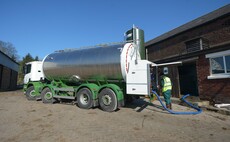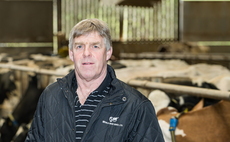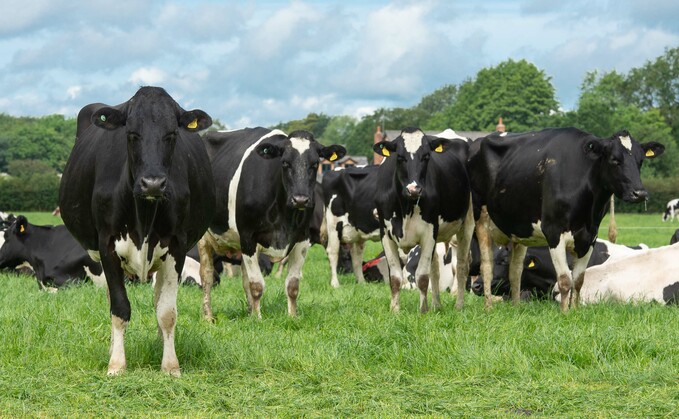
What is the ‘real cost' of heat stress in the UK dairy herd? Is it 1.5kg/cow/day milk loss above a certain temperature humidity index (THI) level, is it £128 per cow per year on average or is it 200 litres of milk per cow per year and £10,000 per 100 cows?
Many of these numbers are generated via computer modelling and/or are difficult to quantify in the reality of day-to-day life on farm, typically being identified in retrospect after the event. Add to this that milk losses and negative fertility impacts of elevated THI levels require 24 hour daily average THI levels to exceed certain thresholds and we can see why heat stress is difficult to quantify.
The signs of heat stress though are more instantaneous and can be seen via observation on any given day on farm. Signs of heat stress are things we can see instantly when walking into a shed on farm and examples of these signs are shown below.
But are these signs things we will see in the UK on a regular basis? Well, in-shed temperature and humidity data collected during summer 2024, a seemingly ‘poor summer', showed that the THI threshold where cow standing and lying time is negatively affected (THI 67) was surpassed on more days than it was not in Wales, the Midlands and south of England from early May until mid-September as shown in the table below.
It is important to note that in-shed conditions will typically be between two and six points higher on the THI scale (approximately 2-6°C based on the 55% relative humidity level) than at the local weather station, or on your weather app.
When we look at mid-summer in 2024, namely the period 15th July until 18th August, then the number of hours that the THI 67 threshold was passed was a massive 51% of all hours on recorded farms in Wales, 40% in the south of England, 34% in the Midlands and even still 29% of all hours in that period in the north of England.
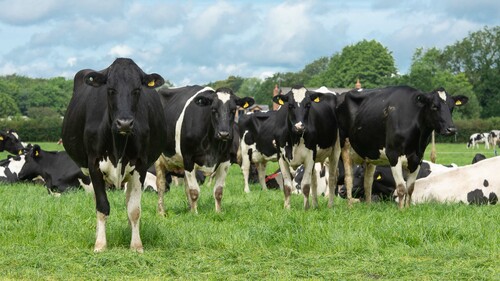
Why THI 67?
This is a critical THI level for a number of reasons. Cows experience heat stress when they generate and absorb more heat than they can get rid of and they get rid of heat through respiration, sweating and convection (transfer of heat from their body to the environment around them, namely air). When cows begin to experience heat stress they may stand for longer periods of time and begin to increase respiration rates above the normal range of 40-60 breaths per minute in order to get rid of this heat. Increased standing time means that they are no longer lying and ruminating (‘making milk') and they spend longer on their feet.
The crucial observation here is that more cows standing in cubicles or in passageways, not eating or drinking, means more pressure on the feet. Data from renowned researcher and cow comfort expert Dr Nigel Cook of the University of Wisconsin-Madison shows that hoof lesions will typically peak around two months after the peak of THI for the summer as shown in the graph below – thought to be linked to increased standing times, and potentially impact of acidosis during heat stress.
Increased risk of lameness is a real welfare issue on farm as lameness is already identified as one of the top two diseases of cows in the UK (second to mastitis) with up to 45% of animals affected at some point each year. The risk added each summer, as shown above, owing to potential heat stress, is one that cannot be dismissed, especially in housed herds.
Seasonal variations in SCC and mastitis
Another widely observed, and recorded issue during summer is the rise in somatic cell count (SCC) which tends to peak in August and September which is backed up by AHDB annual data as shown.
Additionally, housed herds tend to have higher E. coli mastitis cases in summer months than in winter and grazing herds higher Strep. uberis cases in summer.
On farm implications
It is interesting to note these seasonal trends in the two most common diseases on UK farms, alongside the seasonal SCC variation which may see some herds tip from band 1 to 2 on their milk buyers payment schedule in some cases. With a strong link to summer conditions and heat stress then perhaps these under-appreciated linked ‘profit sinks' are ones to be aware of before dismissing heat stress as a yield and fertility problem alone?
OmniGen AF is proven in commercial, and research studies to lower both internal body temperature and respiration rates as shown below.
Alongside proven udder health benefits in dry and lactating cows then the combination of heat stress mitigation to allow cows to maintain more normal lying behaviours and maintain feed intake and yield as well makes OmniGen-AF a product which could form part of any herds efforts to maintain, and improve health and welfare year round.
Interested in finding out more?
For more information on how you can use OmniGen AF to maintain a healthy herd, click the link below.
This post is funded by Phibro.








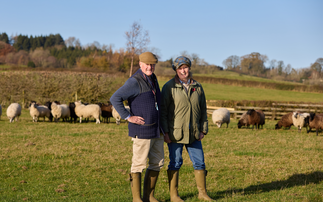
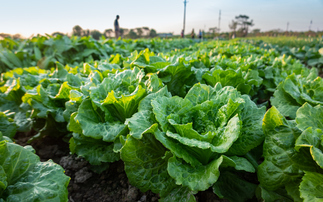

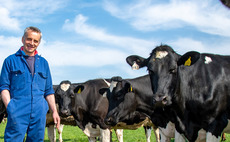
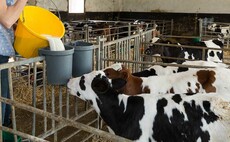
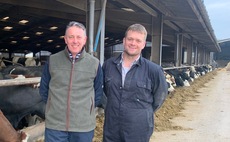
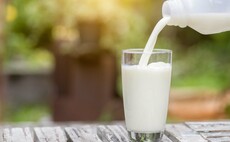
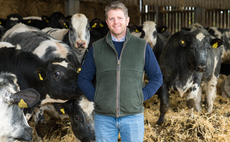
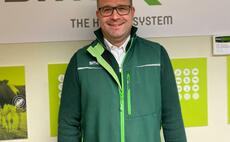
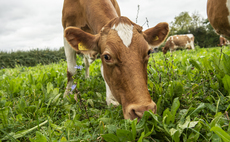
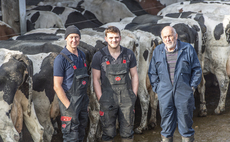
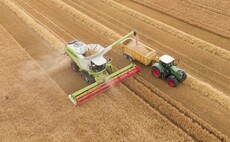


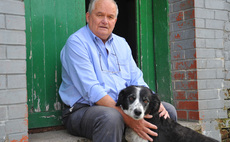
![Phil Latham: "Our industry seems to have little value for the Labour Gov and [therefore] I am increasingly worried about the USA's new tariff regime"](https://image.chitra.live/api/v1/wps/d12d03c/cad55df7-5c0d-452d-949d-1c7d39739842/1/PHIL-LATHAM-6337-230x142.jpg)
